One of the most crucial phases in beginning a staffing firm is determining how you will charge your clients for staffing services. This is critical because you have the potential to be successful, but in order to genuinely flourish in the business, you must have a sound pricing plan. Your company needs to make enough money to keep growing, but you can’t charge much more than the competition’s average staffing pricing to attract clients.
You created a staffing firm to be a successful entrepreneur; now is the time to fine-tune your staffing pricing model so that you may flourish as a business owner. Here are some general considerations to consider when pricing your staffing agency services, which will assist you in budgeting for your new venture.
Know your Competition
No matter what industry you’re in, knowing who your competitors are is important for pricing strategies. Do some simple internet searches to figure out who your competitors are and what they offer. You’ll want to know who your competition is based on:
- Location
- Size
- Types of clients
If you have a fair amount of competition based on those three things, you’ll have to price accordingly. You’ll typically mark up your staffing services anywhere between 15 to 60 percent, but if you have a large number of competitors, you might not be able to have a markup in between 40 and 60 percent. This is because if potential clients have the opportunity to pay less for the same services, in a similar location for a cheaper price, why would they choose your staffing agency to work with.
Potential and Current Client Relationships
Developing relationships with potential clients and maintaining relationships with current clients will actually pay a large part of pricing staffing services for your agency. You might want to cater your pricing strategy for your repeat clients to be a slightly lower markup because you want to make it easy for them to continue using your staffing firm. For example, if your normal markup for a particular type of client and service is 12 percent, you might want to make it 8 percent for repeat clients of high importance.
Since staffing agencies perform a service, keeping customers happy is crucial for long-term success. It’s not a one-time transaction like business-to-consumer companies. By lowering the markup for some clients, you’ll be able to keep the high volume with just a slight price adjustment. Especially if you’re a startup staffing agency, ensuring client satisfaction can help you get the traction you need to continue growing.
Industry
The fee structure of your staffing company’s services will depend on the type of market you’re looking to serve. If you are providing IT workers through your agency, your markup might be higher than if you were working to fill clerical or administrative positions.
Read Also: How do Staffing Agencies Get Contracts?
Broken pricing is generally the consequence of spending too much time looking outside (at competitor pricing) and not enough time looking at your own numbers. Here are some examples.
1. Fixed fee pricing
Flat fee pricing charges a flat amount for your service. We generally look at this as an ongoing scope/engagement (i.e. monthly fee), not a one-off engagement.
A lot of agencies start here because it’s simple to quantify, both from agency management and client understanding perspective.
Examples:
- $500 / month for SEO
- $300 / per content published
- $1,000 / month for ads management
How is it calculated?
We’ve seen a lot of young agencies calculate this based on what they believe their service is worth market pricing or competitors.
What’s so wrong with that? It should be built based on the projected number of hours to complete a given task. If it’s not, it exposes you to scope creep.
$ = (Hours required x Hourly rate) x Desired margin
$ = (10 hours x $100/hr) x 40%
$ = $1,400
2. Project based pricing
Similar to flat fee pricing, but focused on short term campaigns or deliverables.
Examples:
- $5,000 for a technical audit
- $2,000 for a set of blog posts
- $500 / page for web design
How is it calculated?
Similar to fixed free pricing, with the assumption that it will be a one time scope of work.
$ = (Hours required x Hourly rate) x Desired margin
$ = (1 hour x $100/hr) x 40%
$ = $140
3. Value based pricing
Where work is priced based on the “value” it delivers to the client as opposed to the agency’s time, costs, margins, etc. It can be viewed as the price clients are willing to pay for your services based on the value brought.
To me, this means you need something unique about your service.
This is an unpopular point of view – mainly because people confuse Value Pricing with Performance Pricing.
Value-Based pricing does NOT mean you get paid based on the “value driven by your services”, that would be Performance Pricing. Value pricing is based on the PERCEIVED VALUE that your services can add, not the ACTUAL RESULTS VALUE of your services.
Examples:
- Additional value brought from having someone like Gary Vee (or relevant influencer) on staff. Having that level of intellect in house will command additional value in engaging with your agency.
- Additional value brought from having proprietary software in house that the market can only get access to if they become an agency client. Having this software ONLY available to clients commands additional market value for that client.
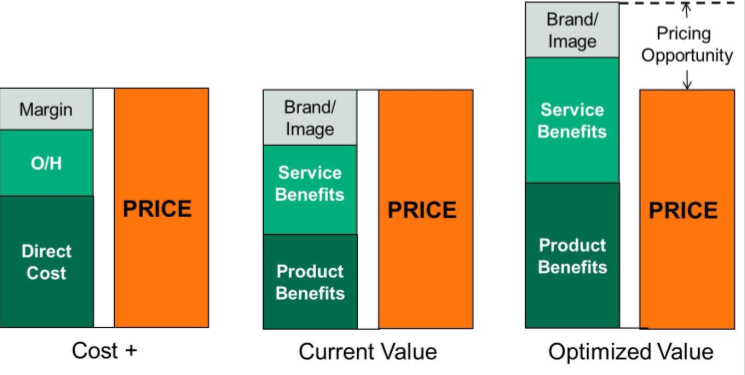
How is it calculated?
Pricing is calculated based on the customer’s perception of value AND the value you determine you can bring to a client campaign. They need to align to strike a deal.
There is no mathematical way to calculate perceived value. Instead, you should focus on your justification for the additional value you bring.
4. Performance based pricing
When your agency is compensated based on the output of your work. For example, if you’re working with an attorney running PPC ads. Every time you drive a phone call, you get paid.
Examples:
- $500 each phone call driven
- 15% of each sale made as a result of services
- 5% equity stake in the business based on X milestones hit
- Free until you rank for “boner pills KW”
How is it calculated?
You need to make sure you’re tracking the right things in Analytics / CRM closely, as you’ll be compensated based on the results you drive.
- Set a fixed price ahead of time per lead, visit or sale
- Charge for each as they are accrued in real time
5. Retainer based pricing
When a client agree to a pre-negotiated and pre-paid fee for either a set amount of time, or a set number of deliverables.
Examples:
- $5k/month for 50 hours of SEO work
- $5k/month for 4 posts a day on each social platform, create 20 images, respond to 100 comments, etc
How is it calculated?
You need to forecast the number of hours it will take to deliver work across the entire agreement. You can do this by building detailed hourly forecasts during the proposal phase and sum / amortize these into monthly retainers.
Service
| Month 1 | Month 2 | Month 3 | |
| Technical SEO | 10 | 10 | 5 |
| Content audit | 0 | 20 | 0 |
| Keyword research | 5 | 5 | 5 |
| On page SEO | 0 | 0 | 20 |
| Total Hours | 15 | 35 | 25 |
- With hours projected, you can simply multiple that times your hourly rates to determine monthly cost
- You can either amortize the total number of hours of bill actuals as they accrue
6. Points based pricing
Each project within a campaign is assigned a fixed-point total based on value creation rather than hourly estimates.
Point allocations are defined at the start of every month, and are based on an agreed-upon scope. This allows for more efficient and accurate forecasting and planning.
Examples:
- 20 points of work each month = 3 points for a blog post (4/month) and 4 points for email blast
How is it calculated?
Point allocations are defined at the start of every month, and are based on an agreed-upon scope.
Points are roughly based on hours to complete work x desired margin. You need to create an entire scale of this to pitch to clients.
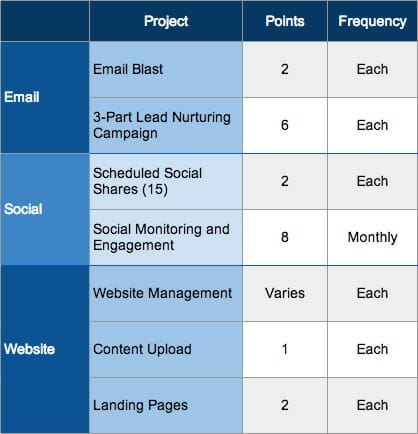
- Set a fixed price ahead of time per lead, visit or sale.
- Charge for each as they are accrued in real time.
7. Hourly pricing
The client pays for your staff’s time, by the hour. Generally speaking, hours are sold with minimums or in monthly retainers.
Examples:
- 10 hours of on page work month 1, 10 hours of keyword research month 1 and 2
How is it calculated?
Hourly (aka billable rates) are assigned to each employee.
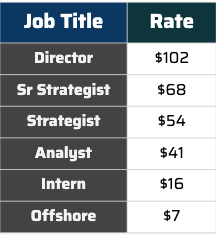
The truth is, your pricing should be fluid. Meaning, you’re always looking to improve it as your agency grows. We’ve outlined 3 pricing models that we recommend based on your agency’s revenue path.
1: Hours-based, Value-influenced Pricing (HBVI)
HBVI pricing is based on 2 inputs:
- Your internal costs to deliver the service
- Desired profit margin based on the impact of your services (i.e. doubling traffic will amount to $x in sales)
Let’s use a non-agency example, as it’s easier to understand this pricing model.
Imagine you’re a business that makes computer mice. You’d likely price your mouse based on the cost to make the mice (materials, labor, etc).
Once they know their costs, they add a markup depending on:
- How much profit do they want to make (factoring in the volume you need to sell to break even)?;
- Whether they can sell the added value/features-based benefits (such as whether it’s wireless, etc.);
- How much are customers willing to pay.
In the retail world, this is called cost plus pricing.
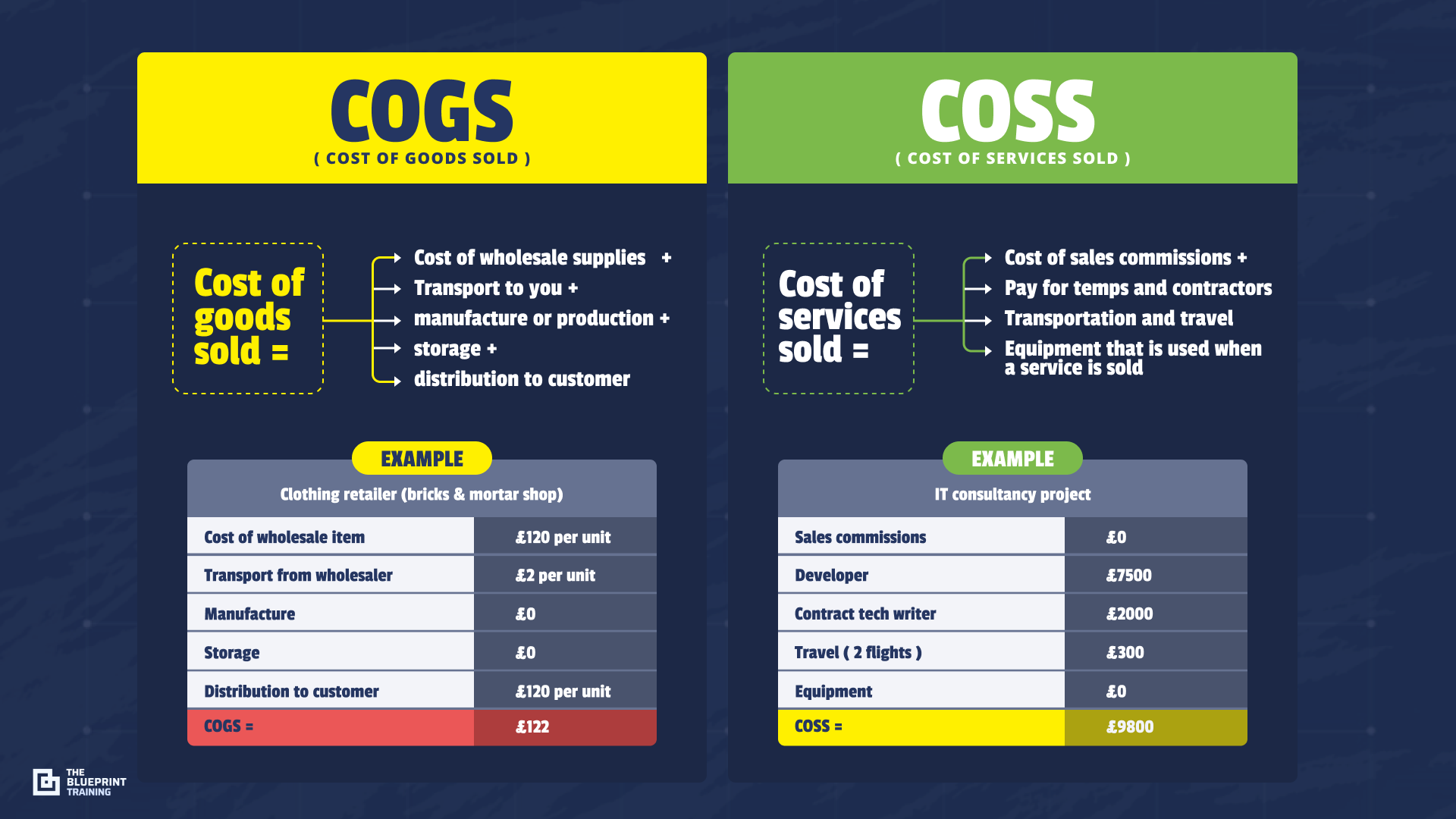
HBVI pricing is the same as cost plus pricing, just applied to agencies.
HBVI forces you to understand your numbers and think through your impact with clients. What you end up with is a pricing model that guarantees a certain level of profitability.
Let’s quickly walk through how to calculate HBVI pricing.
- Step 1: Find your hourly rate
The only way this truly works is by tracking your team’s time. You have to understand how much it costs the business to deliver your services.
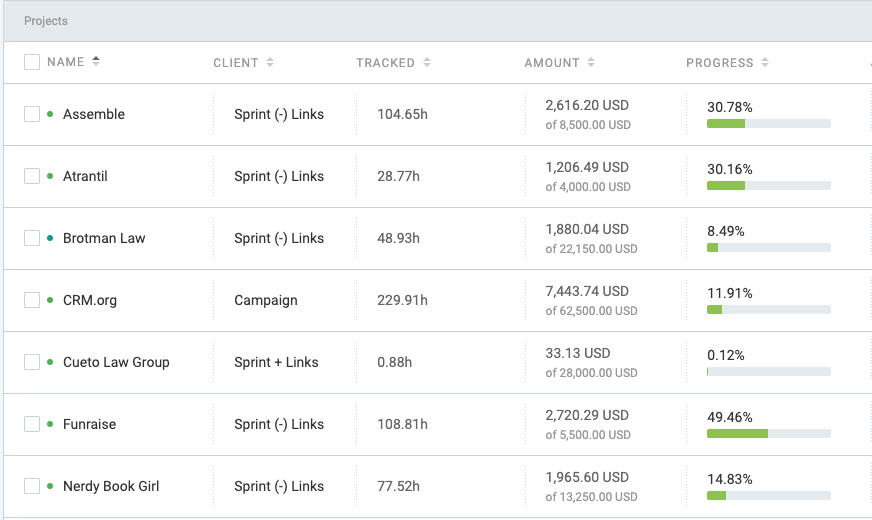
Don’t limit costs to staffing/freelancers. Take every cost into account, everything that goes into delivering your service.
- Software costs
- Office costs, if you have one
- Travel (if applicable)
- Cost of labor
Divide this new total by the number of working hours in the year (12 working months/weeks/days – time for annualized employee holidays, fixed holidays, e.g. Thanksgiving, Christmas, etc).
Now you know the actual cost of delivering client work, with an accurate hourly rate.
- Step 2: Project the number of hours
With this more accurate hourly rate — and time tracking — you will finally know what it costs to deliver client work.
It doesn’t matter whether a project is 10 or 100 hours. This cost is now fixed.
Once this is clear, load the minimum profits you want/need to make — as a founder, or team of co-founders/directors — into the hourly rate.
- Step 3: Tack on desired margin
Now you can front-load higher margins based on the value-based impact of your agency’s work. Here’s how you do this:
- Let’s assume the actual cost of delivering client work is $3k for 30 hours. As a founder, you want to make $500 profit on this project.
- Now factor in the value-influenced impact. If the revenue increase is 10%, you could charge 10% of the ROI, and bake that into the project/monthly price.
- With a 10% increase on $500k revenue, a client will generate an extra $50k because of your work.
- Charge $5000 more and divide that by the number of months a project runs.
Most founders worry about whether clients can afford higher prices. You solve that problem by knowing your clients inside and out, particularly pain points, revenue models, and budgets.
Charging more is also easier to justify when the impact outweighs the costs.
2: Project-based, Tripwire Pricing (Small ticket, Big upsell)
Project-based, Tripwire Pricing (PBTW) is a great way to sell something small, low value, to upsell bigger ticket services. Factor in everything we talked about above. Have a clear handle on your costs and value-influenced impact, to price bigger ticket retainer or project-based services.
That’s your goal. Use a small ticket offering to upsell services that make real money.
You see this a lot in the “internet marketing” world. A low-cost offer establishes a relationship with the customer, making it easier to sell higher ticket offers down the line.
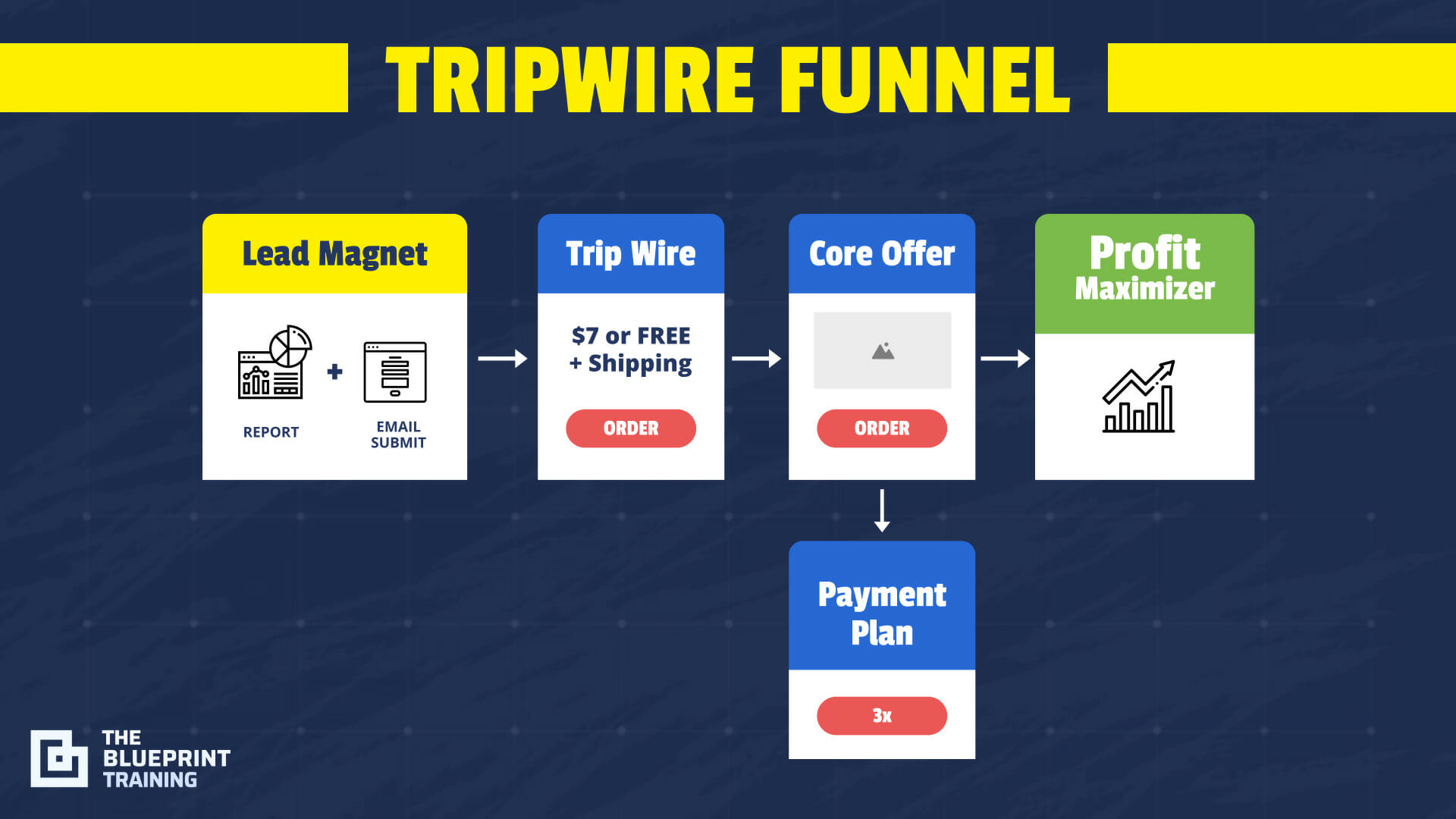
Most agencies can spin off smaller products/services that generate enormous value for clients. Services such as:
- SEO agencies can sell Website Quality Audits (WQA)
- Content marketing playbooks
- SEO and keyword competitor analysis
- Template-based eCommerce sites (on Shopify)
- Low-cost, template-based websites/microsites
Sell these at cost, or only make a marginal profit. Make them easy to sell, compelling, and affordable. So affordable that you can take card details/payment on a single call.
Then deliver enormous value in a short timescale. Impress the client. Do another call, and use this to upsell ongoing, bigger ticket services.
You can do the same. Low-ticket services are a very effective way to make an impact quickly. Give clients a compelling reason to keep working with you long-term.


